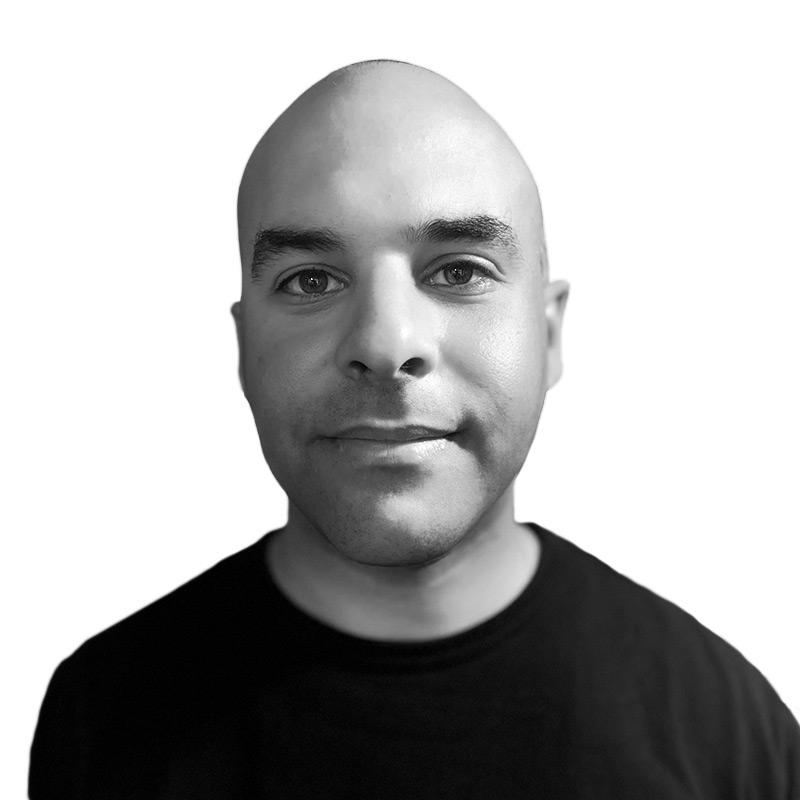
What if Paolo Banchero never gets that much better than he is right now? This is not a small or simple question: For the Orlando Magic—their fans, coaches, and front office—it’s existential. For an Eastern Conference that may be up for grabs, it looms as a critical uncertainty.
This team [whispers: that I picked to make the NBA Finals] has puttered to a 3-4 start as Banchero stymies his immense potential with the same bad habits that plagued the first three years of his NBA career, but it’s not a catastrophe … yet. But some degree of concern seems rational. We’re just two weeks in, and I now find myself whipsawing between two very different opinions about what his developmental track can still be.
The first end of that spectrum is defined by patience: Banchero doesn’t turn 23 until November 12. He followed up a 2023 Rookie of the Year campaign by making his first All-Star team in 2024, and then his third season was derailed by an oblique injury that limited him to 46 games.
Critically, there have already been signs of fearless postseason presence. Since 1976, only 10 players have scored more points in the first dozen playoff games of their career, and most are either in the Hall of Fame or on track to get inducted someday. He was a problem that the Boston Celtics struggled to solve throughout last year’s first-round matchup, and he appeared to be on the cusp of a major leap in 2025-26 if the Magic could modernize their offense, simplify his responsibilities, and finally, for the love of God, space the floor. On paper, by trading for Desmond Bane (and signing Tyus Jones), they took major steps in the right direction. (TL;DR: Paolo is very young and still, in theory, has a ton of upside.)
On the other end of that spectrum, though, is what may be an evolutionary plateau that, in the context of Orlando’s ambitious offseason, swelling expectations, and burdensome payroll, would pose a serious threat to everything this organization is trying to build. Banchero’s most glaring issue boils down to what is perhaps the most toxic adjective that can be ascribed to any player who dreams of leading his team to the promised land: inefficient.
Per Sportradar: There are 49 players who’ve taken at least 20 pull-up jumpers this season. Paolo ranks 48th. Each clank is an avoidable omen, but the dilemma goes deeper than make or miss. Banchero’s splits will probably get better, if for no other reason than that they can’t get any worse. He’s shooting just 27.6 percent behind the arc—which, according to NBA.com, is 9.4 percent below what’s expected of an average NBA player—and only 26 percent from the floater range. This is not the start Orlando envisioned, from a process or results standpoint; if he keeps bailing out the other team with his hasty shot selection, Paolo will never become the efficient machine his ability strongly suggests he should be.
None of this is a call for him to abandon the midrange or reorient his entire identity. Banchero’s problem is based more on how and when he takes his field goals, not necessarily where they come from. It’s one thing to shoot poorly; it’s another to turn down a good shot so that you can burp up something much worse. We’re talking about forced, erratic, low-probability attempts that are the midnight snack Banchero absolutely must cut from his diet—isolation plays where he surrenders high ground instead of leveraging the physical advantages that make the 6-foot-10, 250-pound forward unguardable:
These are a drag that were semi-understandable with some of the old rosters Banchero was on. Now, they need to stop. He needs to start doing the opposite: refusing to settle, creating more advantageous looks, and manipulating the floor. Take this possession below as an example. It ends with Banchero making a contested turnaround from the elbow, but it was created after he committed to a two-man game with Bane that let him attack a mismatch in space:
Banchero is in rhythm, in the paint, against a compromised defense. His teammates know what he’s going to do and have time to get in position in case of a miss. This kind of play is only subtly different from what he's mostly been doing, but built up over the length of a game, let alone a season, this really matters. It’s also totally attainable.
Sometimes, early struggles call for a deep breath; it’s useless to judge a player’s growth in just seven games when he’s outside his milieu on the court or to believe that chemistry with a transformational player like Bane (who will handle the ball quite a bit) can be cooked in a microwave. Put another way, very little is smooth in Orlando right now—beating the Hornets and Wizards was nice but not exactly the toughest test—but not all of it is Paolo’s fault. The Magic still have a top-10 defense, but they aren’t locking down at the level that made them elite last season. They allowed the third-fewest points in the paint last year. Right now, they’re allowing the most. Not ideal.
Bane is in one of the worst shooting slumps of his career, Jones has been a ghost, and Jonathan Isaac is averaging 8.3 minutes per game. Franz Wagner, Wendell Carter Jr., and Anthony Black have shot the ball well enough but don’t really take enough to space the floor. (Banchero has logged zero minutes at center even though he’s finally playing on a team that’s versatile enough to go small. Putting him beside some combination of Franz, Bane, Jones, Black, Jalen Suggs, and Tristan da Silva is worth a try and could accentuate his post game.)
These are either obligatory growing pains or signs of a stewing catastrophe. But the glass-half-full read can be found in the flashes that Banchero and Bane are showing in their on-court relationship. Banchero has never played with a dynamic shooter who can draw two defenders off a pick or race through a ghost screen and discombobulate the entire defense:
With all due respect, running an empty corner pick-and-roll with Bane is a little different from doing it with Cory Joseph:
These two complement each other so well, setting inverted on-ball screens or flex screens away from the ball, running stack pick-and-rolls, and executing pick-the-picker plays that create advantages all over the floor:
Things tend to spiral when Paolo is the sole conductor of Orlando’s half-court offense. Action lurches through sludge against a set defense that’s loaded up to stop a predictable attack. But the beauty of his game lies in its versatility; he has enough size, strength, and speed to draw attention when rolling off a screen, rumbling in transition, or facing up from the mid-post and forcing the other team to make some hard decisions as he surveys the floor.
Thanks to Bane’s arrival, less may be more. Right now, Banchero’s usage is nearly down to what it was in his rookie season. Two years ago, he ran 20.4 pick-and-rolls per game as a ball handler. This year, he’s down to 10.7, per Sportradar.
This is an adjustment in real time that Banchero is just starting to get used to. After somehow registering only three assists in his first three games, he had five against the Philadelphia 76ers, seven against the Detroit Pistons, and nine against the Charlotte Hornets. When Paolo gets off the ball and trusts his teammates early in a game, it allows him to operate in more space later on. Here’s a good example against Detroit. It’s Paolo at his most unstoppable, on an island, overpowering a smaller defender who has no recourse but a hard foul:
If you squint, there are stretches when Banchero resembles a very young LeBron James, picking the opposition to pieces and bending the defense until it breaks. Even with Wagner and Bane on the floor, Banchero is still the primary focus of every opposing scouting report. He’s a mismatch-creating tank on Rollerblades who forces adjustments to opposing schemes and lineups. He regularly draws double- (and occasional triple-) teams, and he can force help defenders to capitulate before he even touches the ball:
For the record, I’m still a Paolo believer. He’s competitive as shit and comes blessed with an unteachable edge. Somewhere in there is a legitimate MVP candidate who regularly flirts with triple-doubles and boasts a true shooting percentage that soars above league average. I also see every catchall metric that sours his impact, understand how his inconsistencies tend to subvert his incredible talent, and hear those who wonder why, every year including this one, the Magic stink when he’s on the court and perform better when he’s on the bench.
I think back to last year’s playoffs and all the ridiculousness that was on display from guys like Shai Gilgeous-Alexander, Jalen Brunson, Pascal Siakam, and Anthony Edwards. Then I envision Paolo having to make equally difficult jumpers against locked-in defenses that won’t let him get to the rim, and I can’t help but wonder whether the skeptics are right.
Can he ever be a tough-shot maker who fuels a deep playoff run, or will the Magic need to build around that shortcoming and let him dominate elsewhere? If Wagner and Suggs become knockdown 3-point shooters, will the problem solve itself? And if not, how hard and fast will the Magic try to pivot away from the path they’re currently on—whatever that looks like?
If Banchero doesn’t become a top-10 player who consistently cracks All-NBA teams, it won’t be the end of the world. But if those achievements aren’t met because of his own commitment to unjustifiable decisions, then the Magic won’t ever sniff the stage they’ve been built to step on.

